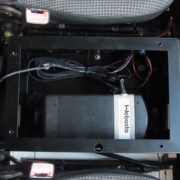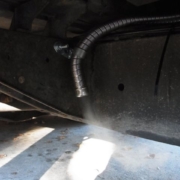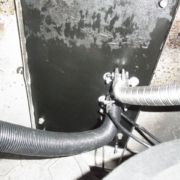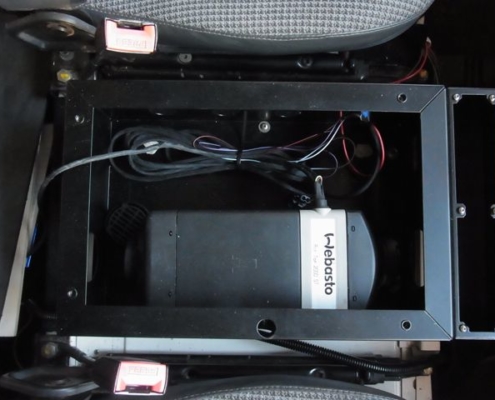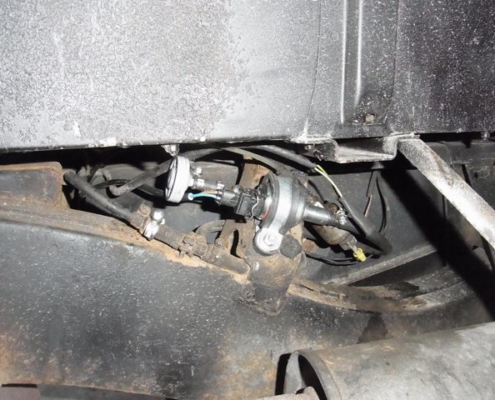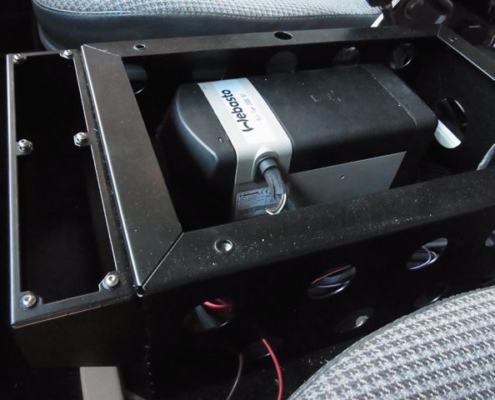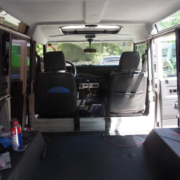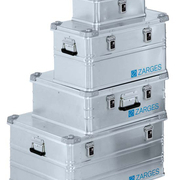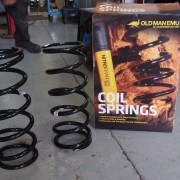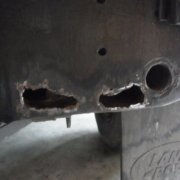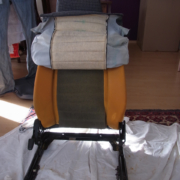Webasto Air Heater
Lets not kid ourselves in some parts of the world winter comes early and stays long. While our Howling Moon roof tent is well built; sleeping in single digit temperatures for long periods can be wearing. The desire for warmth and coziness could push us to blowing our rather tight budget on hotels and motels. The solution is to install a Webasto air heater so we can retreat to the warmth of our Defender when the cold starts to wear us down.
We’ve seen quite a few examples of heater options and even have an old, sadly malfunctioning, engine water heater already installed in our Land Rover. I could simply repair the current water heater and used that to also heat the interior, but after some research and also questions concerning heat loss and efficiency of the engine water heater we needed another option. So to reduce the hotel temptation and increase our overall comfort options we’ve invested in a diesel air heater from Webasto. The Webasto air heater taps in directly to the on-board diesel supply and uses a heat transfer system to warm the air in the interior of the vehicle. Both the fresh air required for combustion and the exhaust are naturally taken from outside, the interior air is simply circulated though the heat transfer chamber.
Efficiency
We went with the smallest in the air heater lines, the Air Top 2000 ST, as it is the one rated for our size of vehicle. Since we are looking at improving our comfort and not creating a sauna like atmosphere in our Land Rover a 0.9 – 2.0 kW heating power should be more than adequate for our needs. To provide that heating power a certain amount of fuel is obviously going to be consumed and with a Liter/Hour consumption ranging from 0.13 – 0.27 (that’s 130 – 270 ml/hr) we certainly won’t have to worry about running our tank empty. The only other concern is how much power from our accessory battery will be consumed while we run the heater. According to the technical specifications we can expect to consume between 14 and 29 watts, depending again at what level the heater is set to.
Installation
Under the cubby box between the front seats turns out to be where just about everybody who has a Land Rover Defender installs the air heater. I did find one person who installed it under the passenger seat but that seemed a bit too much of a hassle to me. Besides we found this handy heating console from Nakatanenga 4×4 that is especially built to go under the cubby box. There was some discussion at first whether I should try and install the heater myself or have someone more experienced in such things do it. After all it does tap into the fuel line, deal with electricity and such, but I felt with some patience and re-reading the instructions I should be able to figure it out without ending up with a fuel leak or too many blown fuses. The only real question now is what to do with the old water heater.

